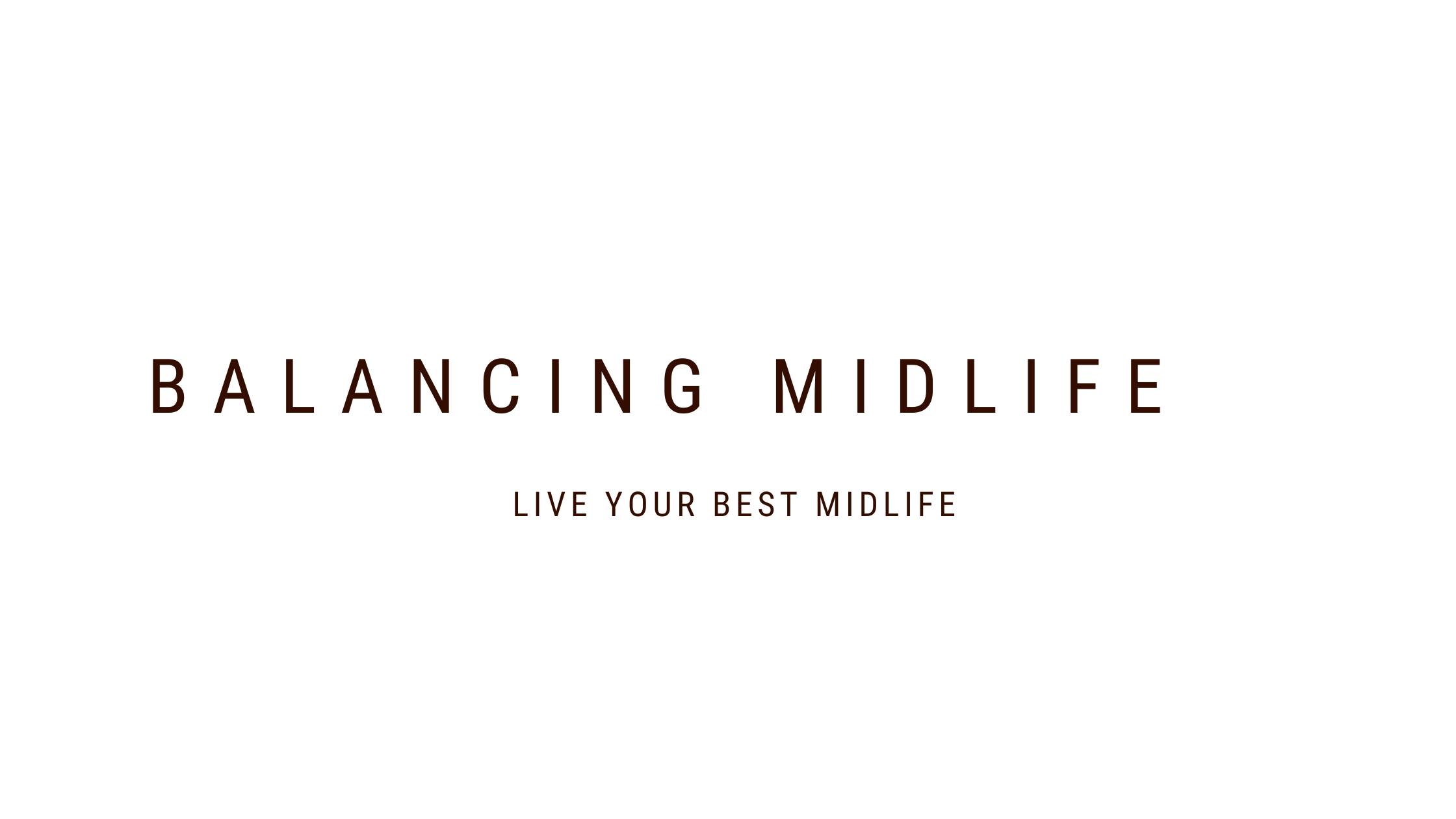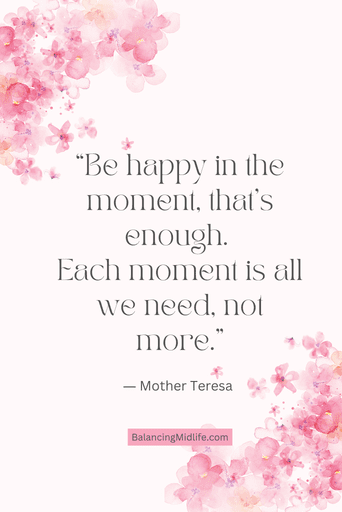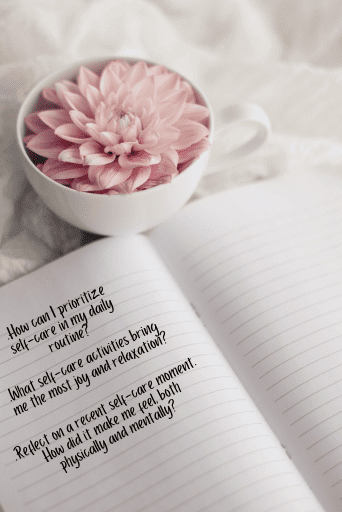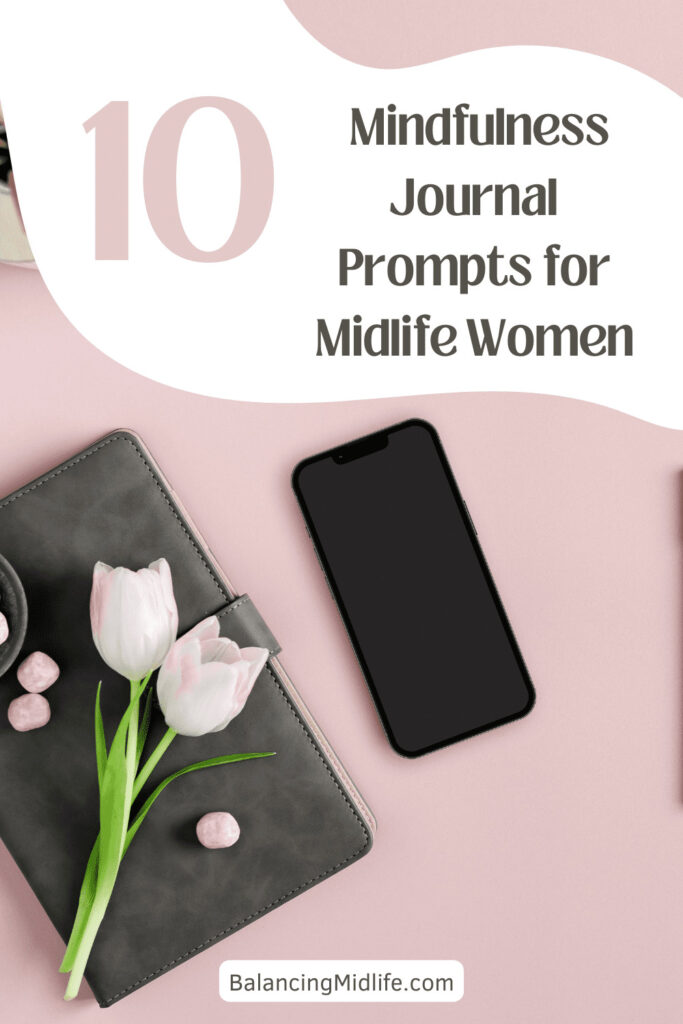This post is written by guest blogger, Melanie O’Brien.
The blogging world has so many beautiful people in it just like Melanie. We met in a blogging group and quickly found we had much in common when it came to our blog. She ever so kindly agreed to guest write on a topic near and dear to my heart “self-esteem”. She will share therapy techniques to help boost your self-confidence. I think you will find it very helpful!
Get to know Melanie O’Brien
Melanie O’Brien is a dedicated and qualified counsellor passionate about helping others navigate life’s challenges. She is the visionary founder of the widely acclaimed website www.sunnydaysblog.org which serves as a haven for self-motivated individuals seeking inspiration and guidance in their journeys.
Melanie is a writer for her blog, newsletters, ebooks, which has earned her invitations to guest post on numerous websites.
Outside of her professional pursuits, Melanie cherishes her days off as an opportunity to connect with nature. You‘ll often find her camping, walking, and reading whilst enjoying a good cup of coffee.
Melanie O’Brien’s commitment to the well-being of others, her dedication to personal growth, and her love for the beauty of life’s everyday moments make her a beacon of positivity, optimism, and wisdom in and ever-changing world.
My posts may contain affiliate links. If you purchase through one of these links, you will not pay a penny more, but I will receive a small commission. Please read my disclaimer for more information.
Let’s dive into Melanie’s post on 7 Effective Self-Esteem Therapy Techniques To Boost Your Confidence!
Feelings of low self-esteem can often leave you questioning your worth and potential. Numerous studies indicate that your lifestyle, environment, and experiences significantly shape your perception of yourself.
This blog post will guide you through 7 proven self-esteem therapy techniques to help you find and embrace your inner strength. Get ready for a confidence-boosting journey unlike any other!
Understanding Self-Esteem
Self-esteem, which is your overall opinion of yourself and your worthiness, plays a pivotal role in your mental well-being and personal growth.
Definition and Importance
Self-esteem is a term used to describe how you view and respect yourself. It is essential because it heavily influences people’s choices and decisions. In other words, self-esteem is a motivator, guiding people toward supportive connections and situations that promote their wellbeing.
Conversely, low self-esteem can limit your scope of action by making you feel unworthy or incapable. Therefore, maintaining healthy self-esteem holds great significance as it paves the way for happiness, success, and fulfilment.

Symptoms and Effects of Low Self-Esteem
Low self-esteem often manifests in feelings of worthlessness, chronic self-doubt, and a harsh inner critic. It can lead to avoidance of social situations due to fear of rejection or ridicule.
Mental health issues like depression and anxiety may also result from low self-esteem. When physical appearance is tied too closely to self-worth, this could potentially fuel eating disorders or obsessive exercise habits.
A person may find it hard to express their needs or assert boundaries for fear that they aren’t worthy of respect. This prolonged state of feeling undervalued might hinder achieving personal goals, leading to underperformance academically or professionally, which further feeds into the cycle of negative thoughts about oneself.
These symptoms echo through various aspects of life, creating ripple effects including career stagnation, relationship problems and even potential substance abuse as a means for coping.
Related Post: Depression Or Laziness | Combating the Stigma – Written by Melanie O’Brien
Causes of Low Self-Esteem
Low self-esteem is a complex issue that can be influenced by a variety of factors, including both internal and external elements. These factors contribute to low self-esteem:
1. Early Childhood Experiences: Negative childhood experiences like neglect, abuse, or criticism from caregivers can lead to low self-esteem as they still feel unworthy.
2. Bullying and Peer Pressure: Experiencing bullying and peer pressure in school or social settings can damage self-esteem by making people feel unaccepted and undervalued.
3. Unhealthy Relationships: Toxic relationships with friends, family, or partners can erode self-esteem due to manipulation, emotional abuse, and constant criticism.

4. Traumatic Events: Traumatic experiences like abuse or natural disasters can shatter self-esteem by leaving emotional scars and a sense of powerlessness.
5. Perfectionism: Low self-esteem can result from striving for perfection, holding oneself to unattainable ideals, and having persistent self-doubt.
6. Social Comparison: Constantly comparing oneself to curated images on social media can create feelings of inadequacy and lower self-esteem.
7. Cultural and Societal Influences: Societal pressures, discrimination, and beauty standards can contribute to low self-esteem by making people feel they don’t measure up.
8. Lack of Positive Reinforcement: Lack of appreciation and encouragement for one’s work can result in low self-esteem, as people struggle to recognise their worth.
9. Mental Health Conditions: Conditions like depression and anxiety can cause and result from low self-esteem, often involving negative thought patterns and hopelessness.
10. Personality Traits: Certain personality traits, such as self-criticism or introversion, can make people more prone to low self-esteem.
Therapeutic Approaches to Boost Self-Esteem
Some therapeutic approaches to boost self-esteem include Cognitive-Behavioural Therapy, Humanistic/Client-Centred Counselling, Rational Emotive Therapy, Mindfulness-Based Therapy, Narrative Therapy, Art Therapy, and Group Therapy.
Cognitive-Behavioural Therapy
Cognitive-Behavioural Therapy (CBT) is a powerful tool to boost your confidence. Often used in self-esteem therapy, CBT helps you identify negative thought patterns causing low self-worth and learn techniques to challenge them.
The approach encourages positive changes by correcting distorted thinking and changing behaviours. This therapy method provides practical strategies such as “cognitive restructuring,” replacing unhelpful thinking with more constructive thoughts.
Through this process, you can effectively develop awareness, step outside your comfort zone, strengthen confidence, foster healthy relationships, and boost resilience. Hence, boosting self-confidence becomes less challenging with consistent practice of Cognitive-Behavioural Therapy exercises.
Humanistic/Client-Centred Counselling
Humanistic, or Client-Centred Counselling, is powerful in boosting your self-esteem. This counselling style operates on the belief that each person has an innate ability to reach their full potential and live fulfilling lives.
Incorporating active listening and unconditional positive regard, this therapeutic method emphasises developing self-awareness.
Rather than acting as authoritative figures possessing all answers, therapists practising Humanistic Counselling act as catalysts through encouragement and guidance. They promote self-acceptance by assisting people in better understanding their emotions.
This explorative process often leads to increased confidence, enhanced self-worth, nurturing of self-love and overall empowerment. The fundamental goal lies in aiding you towards personal growth while strengthening your belief in yourself.
Rational Emotive Therapy
Rational emotive therapy helps you face and overcome irrational beliefs that lower self-esteem. Therapists employing this approach work with you to identify these harmful thoughts, challenge their validity, and replace them with healthier alternatives.
This type of therapy encourages you to confront self-defeating attitudes head-on rather than avoid them, allowing for a more positive sense of self-worth. It’s a direct method that seeks to change your behavioural patterns by focusing on the present moment and providing practical solutions for improving your outlook.
Mindfulness-Based Therapy
Mindfulness-based therapy fosters awareness and acceptance of your thoughts and feelings, empowering you to respond to life’s challenges with resilience. It involves meditation, controlled breathing, or body scan exercises that nurture self-love while enhancing self-worth.

You can learn to identify negative thought patterns that lower your self-esteem through mindfulness-based therapy. You cultivate self-respect by focusing on the present moment without judgment.
This approach boosts confidence by helping you let go of past regrets and future anxieties. Unlike other therapies that delve into the root causes of low self-esteem, mindfulness-based therapy focuses more on managing current emotions for a balanced mind state.
Related Post: What is Mindfulness? How to Get Started & Enhance Your Midlife Well-Being
Self-Esteem Therapy Techniques: Narrative Therapy
Narrative therapy is a therapeutic approach that helps people reshape their narratives to promote self-esteem and confidence. Instead of focusing on problems and deficits, people who receive narrative therapy are encouraged to examine their talents, values, and past accomplishments.
By identifying preferred identities and stories, clients can develop a more positive self-image and increase their belief in their abilities. Through this process, people learn to challenge negative self-talk and replace it with empowering narratives that foster resilience and self-acceptance.
Art Therapy
Express yourself and boost your self-esteem through art therapy. Engaging in creative activities like painting, drawing, or sculpting can help you explore and express your emotions nonverbally.
By focusing on the process of creating rather than the result, art therapy allows you to tap into your inner thoughts and feelings. Through this therapeutic approach, you can gain a deeper understanding of yourself and build confidence by discovering new ways to communicate and connect with others.
Art therapy also provides a safe space for self-exploration without judgment or criticism. It encourages you to take risks, step outside your comfort zone, and embrace imperfections as part of the artistic process.
This helps foster self-acceptance and resilience while lowering anxiety levels. Engaging in art therapy allows you to cultivate self-respect, enhancing your overall sense of self-worth and boosting your confidence.
Group Therapy
Group therapy is a practical approach to boosting self-esteem and building confidence. By participating in a group setting, you can connect with others who may be facing similar challenges, providing you with a sense of support and validation.
Working alongside others can help you develop awareness of your strengths and weaknesses and gain insight into different perspectives and coping strategies. Through sharing experiences, receiving feedback, and practising new skills within the group’s safety, you can enhance your self-worth, improve your self-image, and cultivate self-acceptance. Group therapy offers a unique environment for personal growth and empowerment.
Effective Techniques for Boosting Self-Esteem
Identify and understand the source of your low self-esteem, process past negative experiences, recognise and challenge critical voices, address “all or nothing” thinking patterns, practice self-compassion and focus on your strengths while setting realistic goals.
Identifying and Understanding the Source of Low Self-Esteem
Understanding the source of low self-esteem is crucial in boosting your confidence. Take the time to reflect on your experiences and identify any negative factors that may have contributed to your low self-worth.
This could include past failures, criticism from others, or comparing yourself to unrealistic standards. By recognizing these sources, you can address them head-on and develop strategies for building a healthier self-esteem.
Remember, understanding where it comes from is the first step towards overcoming it.
Processing Past Negative Experiences
Processing past negative experiences is important in boosting your self-esteem and confidence. By acknowledging and understanding the impact of these experiences, you can begin to release their hold on you.
Reflecting on how these experiences have shaped your beliefs about yourself allows you to challenge any opposing thoughts or beliefs holding you back. Taking the time to process and heal from negative experiences will help you move forward with a stronger sense of self-worth and belief in your abilities.
Recognising and Challenging Critical Voices
Recognising and challenging critical voices is an important step in boosting your self-esteem. You often hear these critical voices from within yourself, constantly telling you that you are not good enough or will never succeed.
By becoming aware of these negative thoughts and beliefs, you can actively challenge them. Start by questioning the validity of these critical voices – ask yourself if they are based on facts or simply unfounded judgements.
Then, counteract them with positive affirmations and self-compassion. Remind yourself of your strengths, accomplishments, and the progress you have made. Treat yourself with kindness and understanding, just as you would a good friend who needs support.
With practice and persistence, you can quiet those critical voices and cultivate a more nurturing inner dialogue that boosts your confidence and self-worth.
In addition to recognising and challenging internal critical voices, it’s also important to address external influences that may contribute to negative self-perception. Building your confidence can be significantly impacted by surrounding yourself with positive people who uplift rather than tear you down.

Related Post: Positive Affirmations For Anxiety And Depression: How Can They Help?
Addressing “All or Nothing” Thinking Patterns
Addressing “all or nothing” thinking patterns is important to boosting self-esteem. This type of thinking often leads to extreme judgements and black-and-white perspectives, which can harm our self-worth.
When you challenge these patterns, you can develop a more balanced and realistic view of yourself and your abilities. One effective technique is to identify the thoughts contributing to this pattern and examine them for evidence.
Are they based on facts or assumptions? By questioning these thoughts and considering alternative viewpoints, you can create a more flexible mindset that allows for growth and self-acceptance.
Practising Self-Compassion
Practising self-compassion is a powerful technique for boosting your self-esteem and increasing your confidence. It involves treating yourself with kindness, understanding, and forgiveness, just as you would with a close friend or loved one.
By acknowledging and accepting your flaws and mistakes without judgement or criticism, you can cultivate a more positive and nurturing relationship with yourself. This helps to counter negative self-talk and feelings of unworthiness and promotes resilience in the face of setbacks and challenges.
When you practice self-compassion, you create space for growth, healing, and self-acceptance on your journey towards increased confidence and self-worth.
Related Post: Self-Compassion Examples Unmasked: Do They Encourage Complacency or Drive Success?
Focusing On Strengths and Setting Realistic Goals
Focusing on your strengths and setting realistic goals are essential for boosting self-esteem. By recognising and acknowledging your unique abilities and qualities, you can develop a sense of confidence and self-worth.
Instead of dwelling on your weaknesses or comparing yourself to others, shift your focus towards what you do well. This will help you build a positive self-image and foster a greater belief in yourself.
In addition to focusing on strengths, setting realistic goals for yourself is important. Setting achievable objectives allows you to experience success and progress, which can significantly boost your self-confidence.
When setting goals, consider your capabilities, resources, and limitations. Break down more ambitious ambitions into smaller, doable stages that you can pursue. By accomplishing these smaller milestones, you will build momentum and reinforce feelings of competence and achievement.
Remember that everyone has their unique strengths and abilities, so embrace yours fully by focusing on them rather than fixating on perceived shortcomings or comparing yourself to others who may have different skills or experiences.
Additionally, setting attainable goals helps create a sense of clarity and direction in your life while motivating to strive for growth without feeling overwhelmed or discouraged by unrealistic expectations.

Related Post: Personal Growth Goals: Tips on Why They Are Beneficial to Establish
Challenging Negative Thoughts and Replacing Them with Positive Ones
Challenging negative thoughts and replacing them with positive ones is a powerful technique for boosting self-esteem. It involves recognising when you have negative thoughts about yourself and actively challenging them.
Instead of believing the negative self-talk, you replace it with positive affirmations and beliefs. For example, if you think “I’m not good enough,” challenge that thought by reminding yourself of your strengths and accomplishments.
Replace it with a positive affirmation like “I am capable and deserving of success.” By practising this technique regularly, you can gradually shift your mindset towards more positivity and self-belief.
Conclusion
In conclusion, seeking therapy for self-esteem cannot be overstated, as it provides a safe and supportive environment to address low self-esteem issues. Therapy aids people in identifying the underlying causes of their self-esteem issues, overcoming destructive thought patterns, and developing self-compassion, attainable objectives, and a strengths-based perspective.
Therapy encourages a greater awareness of oneself, assists people in confronting unpleasant memories, and challenges critical self-talk, all supporting personal progress. It promotes the growth of a better self-image and more confidence.
While empowerment through therapy is not immediate, approaches like cognitive-behavioural therapy or mindfulness-based therapy provide essential tools to strengthen confidence over time.
The first step towards boosting self-esteem involves recognising one’s worth and embracing therapy for growth and empowerment. Professional support can guide people through effective techniques tailored to their needs, enabling them to make positive changes and cultivate a strong sense of self-worth on their journey to increased confidence and self-belief.
Key Takeaways
- Cognitive-Behavioural Therapy (CBT) is a powerful tool that helps identify and challenge negative thought patterns, boosting self-confidence.
- Humanistic/Client-Centred Counselling focuses on developing self-awareness and fostering self-acceptance to enhance self-esteem and belief in oneself.
- Rational Emotive Therapy addresses irrational beliefs through direct confrontation, leading to a more positive sense of self-worth.
- Mindfulness-Based Therapy cultivates awareness and acceptance of thoughts and feelings, enabling people to face difficulties with resiliency.
Other Posts You May Enjoy:
.Self-Care for Mental Health: 25 Creative Ideas to Nourish Your Mind
.10 Budget-Friendly Mindful Wellness Tips to Help Improve Your Health Today
.Top 10 Benefits of Journaling for Mental Health: How Can It Help You?




















